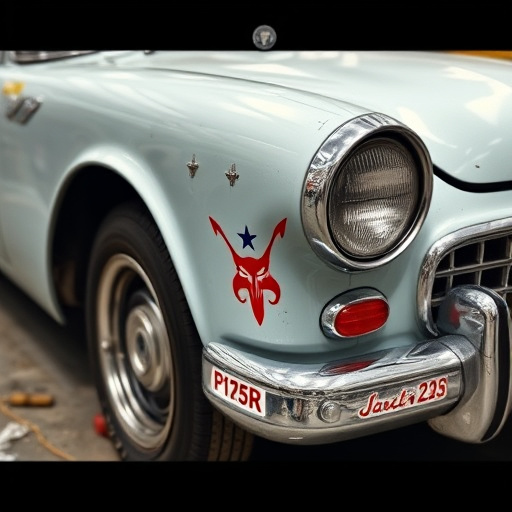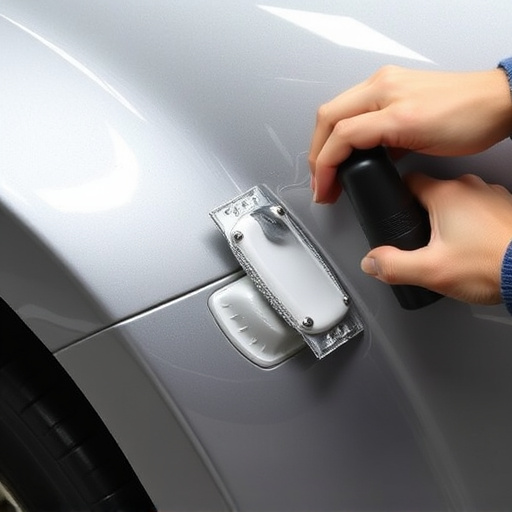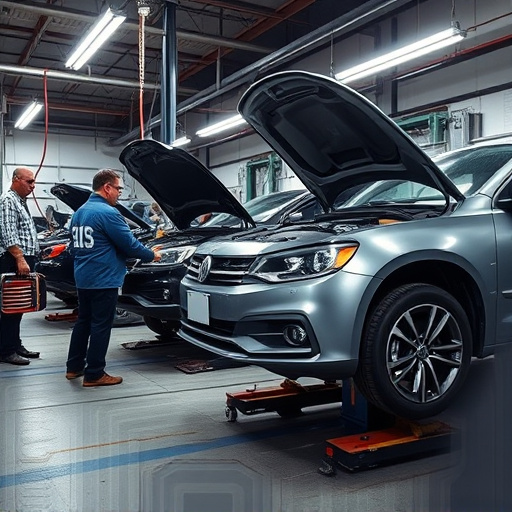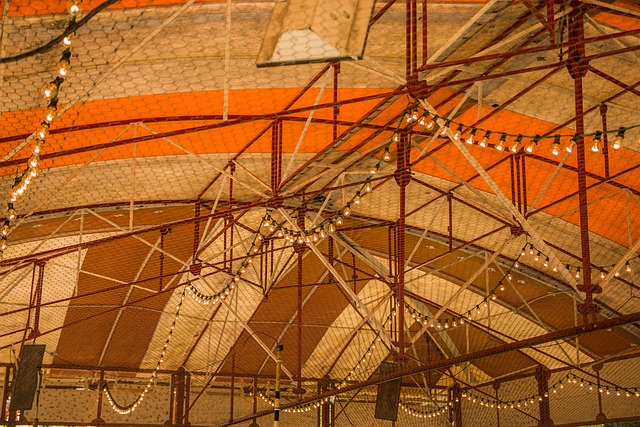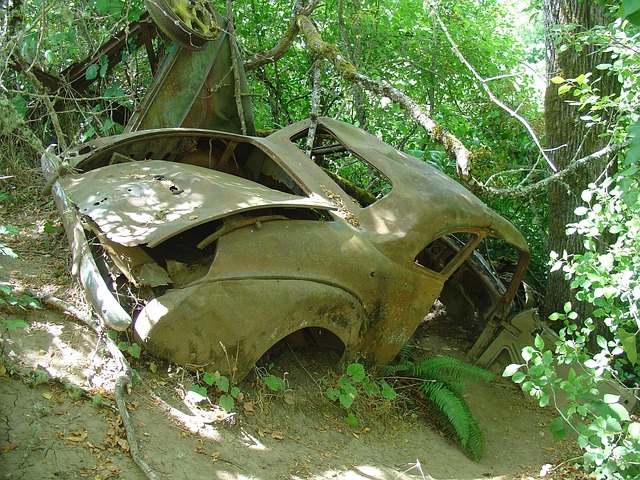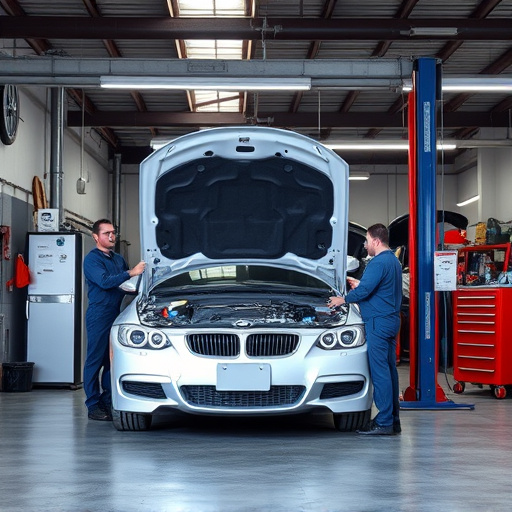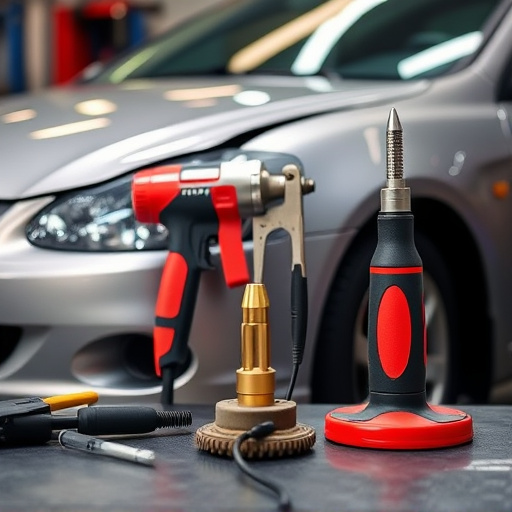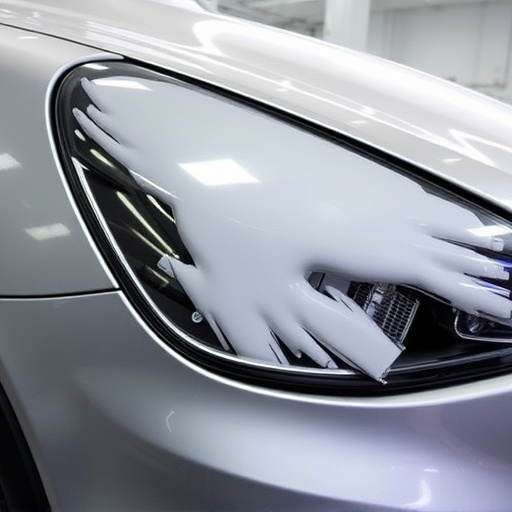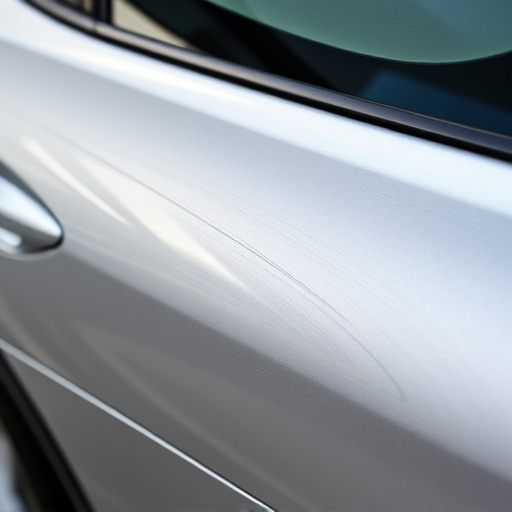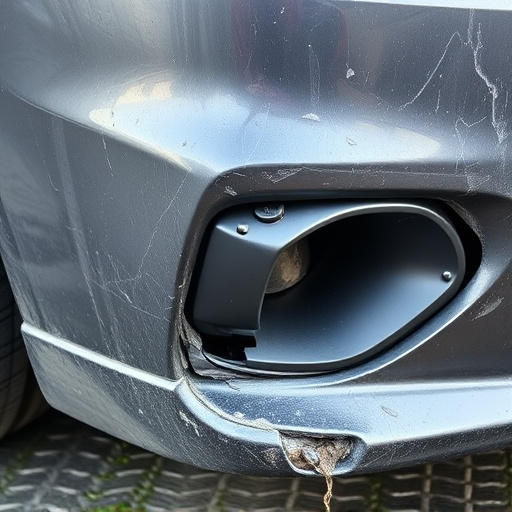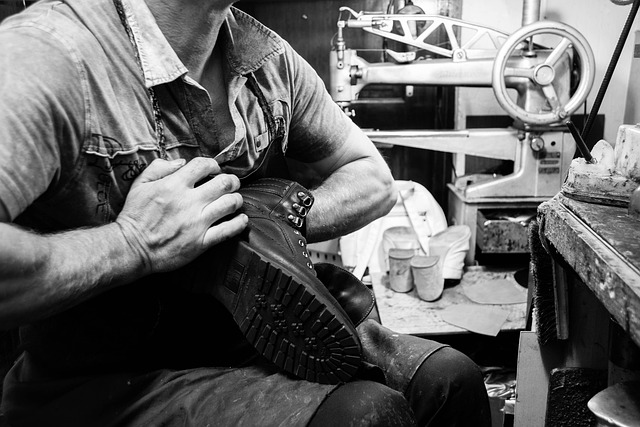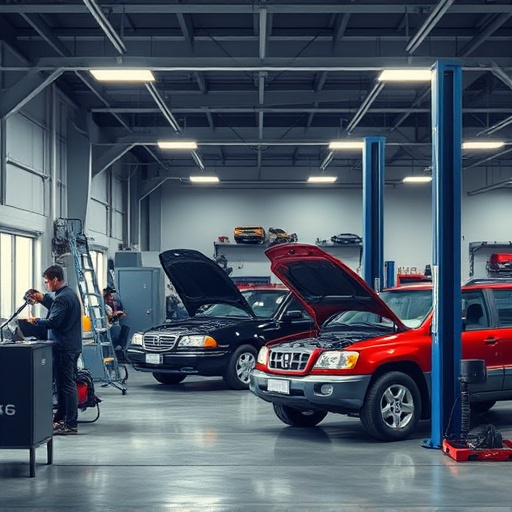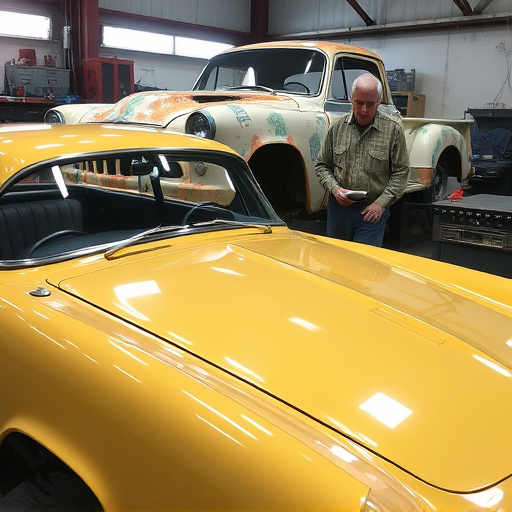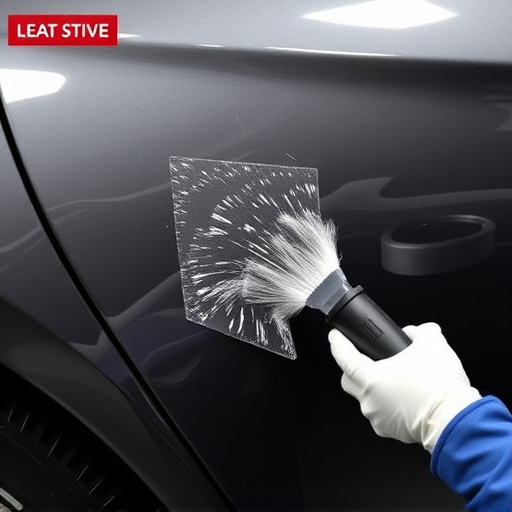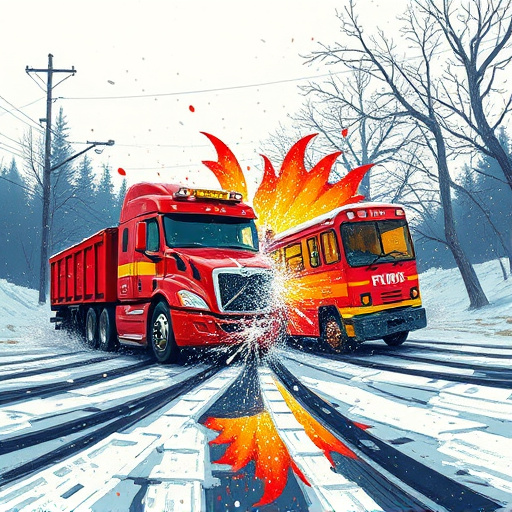Factory seam duplication is a specialized technique crucial for luxury vehicle repairs and restorations, ensuring seamless replacement of auto body panels while maintaining structural integrity and aesthetic appeal. Skilled repair shops overcome challenges posed by panel sectioning—a standard manufacturing practice—by employing advanced tools and techniques to accurately replicate seams in vintage vehicles, preserving historical integrity. Best practices include thorough cleaning, use of high-quality duplicating materials, precise cutting, and meticulous alignment for optimal results in tire services or collision repair.
In manufacturing, achieving accurate factory seam duplication after panel sectioning procedures is paramount for maintaining product integrity and quality. This article delves into the intricacies of factory seam duplication, offering a comprehensive guide for professionals. We explore the preliminary overview of this process, dissecting its impact on panel sectioning and providing best practices to ensure effective duplication. By understanding these key aspects, manufacturers can optimize their operations, ensuring consistent results in every product.
- Understanding Factory Seam Duplication: A Preliminary Overview
- The Impact of Panel Sectioning on Seam Replication
- Best Practices for Effective Seam Duplication Post-Panel Sectioning
Understanding Factory Seam Duplication: A Preliminary Overview
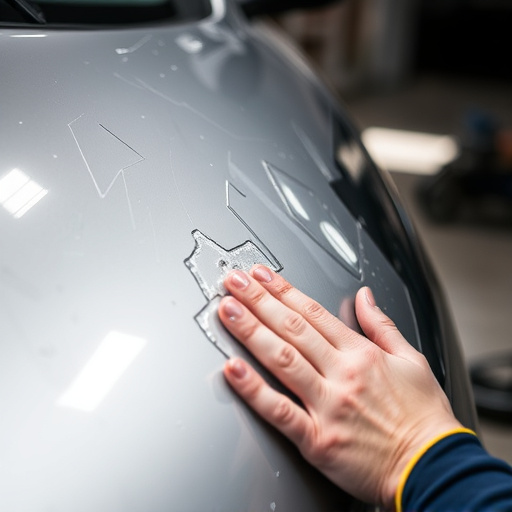
Factory seam duplication is a specialized process that plays a critical role in ensuring seamless (both literally and figuratively) panel replacement during auto body services. It involves precisely recreating the original factory seams on vehicle panels, especially after sectioning procedures. This meticulous technique is crucial for maintaining the structural integrity and aesthetic appeal of luxury vehicles undergoing repair or restoration.
By mimicking the exact seam patterns and specifications set by the manufacturer, auto body technicians can effectively bridge the gap between replacement parts and the original build. This process isn’t merely about achieving a visually identical appearance; it’s also about preserving the vehicle’s safety standards and long-term performance, especially for those prioritizing high-quality auto maintenance. Effective factory seam duplication is thus a game-changer in luxury vehicle repair, ensuring that each panel fits perfectly, contributing to both aesthetic and structural harmony.
The Impact of Panel Sectioning on Seam Replication
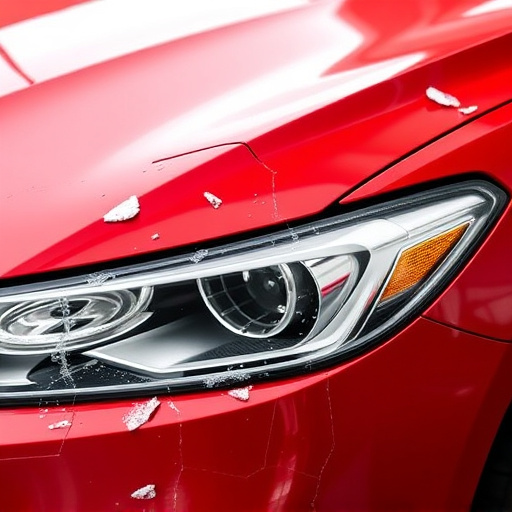
Panel sectioning, a common procedure in automotive manufacturing and specialized auto repair services, significantly influences factory seam duplication. This precise cutting method involves dividing a vehicle’s body panel into smaller sections for easier handling and assembly. While it streamlines production, it presents challenges when it comes to replicating seams accurately. The intricate patterns and measurements required for seamless integration demand meticulous attention during the reassembly process.
In classic car restoration projects, achieving perfect factory seam duplication is paramount for maintaining authenticity. Car repair shops skilled in this art employ advanced techniques and tools to ensure precise alignment and stitching. This dedication ensures that the restored vehicle not only looks original but also performs as intended, bridging the gap between vintage aesthetics and modern auto repair services capabilities.
Best Practices for Effective Seam Duplication Post-Panel Sectioning
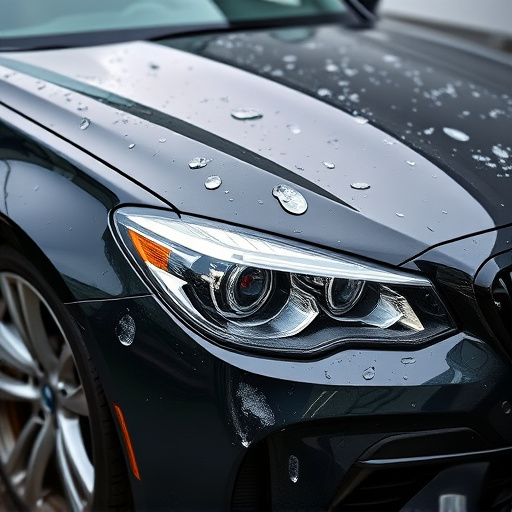
To achieve optimal results in factory seam duplication following panel sectioning procedures, several best practices should be employed. Firstly, ensure proper preparation of the panel surface before duplicating the seams. This includes thorough cleaning and degreasing to remove any contaminants that could affect adhesion. Using high-quality duplicating materials specifically designed for automotive applications is crucial, as it guarantees a durable and seamless finish.
Secondly, precise cutting techniques are essential. Accurate measurements and careful use of specialized tools will result in clean cuts along the seam lines. After cutting, aligning the duplicated section with the original panel is critical. This step requires meticulous attention to detail to maintain the structural integrity and aesthetic appeal of the vehicle. Incorporating these practices into your tire services or collision repair processes ensures superior factory seam duplication outcomes, enhancing the overall quality of automotive collision repair services provided.
Factory seam duplication after panel sectioning procedures is a complex yet vital process in manufacturing. By understanding the impact of panel sectioning and implementing best practices, companies can ensure seamless (both literally and figuratively) replication, maintaining high-quality standards across all produced panels. Optimizing this process not only enhances product consistency but also streamlines production workflows, making it an essential consideration for any modern manufacturer.
